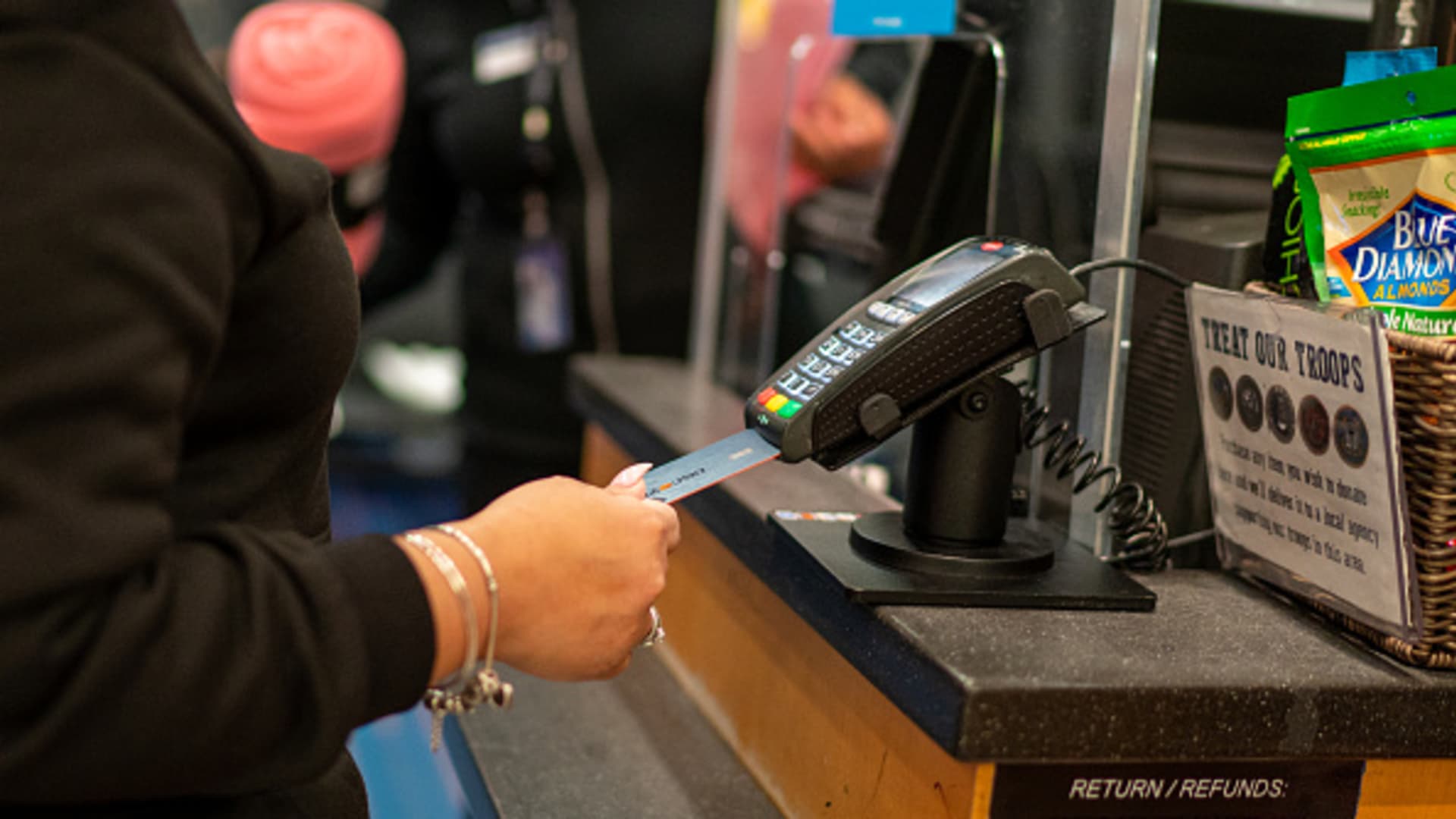The Federal Reserve held rates steady Wednesday — again deciding not to cut — which means anyone who carries a balance on their credit card isn’t getting a break from sky-high interest charges.
“It is becoming clearer and clearer that the Fed isn’t going to lower interest rates anytime soon,” said Matt Schulz, chief credit analyst at LendingTree. “If Americans want lower interest rates, they’re going to have to do it themselves.”
The good news is there are options out there, especially if you have solid credit, he added.
What determines your credit card rate
Since most credit cards have a variable rate, there’s a direct connection to the Fed’s benchmark. In the wake of the recent rate hike cycle, the average credit card rate rose from 16.34% in March 2022 to almost 21% today — near an all-time high, according to Bankrate.
“As long as interest rates remain relatively high, it’s important that consumers continue to use credit smartly, especially when it comes to higher interest products such as credit cards,” said Michele Raneri, vice president of U.S. research and consulting at TransUnion.
“It’s best to only use these cards to the extent there is confidence they can be paid off relatively soon, as interest can pile on quickly, particularly at the higher rates of today,” she added.
How to lower your credit card APR
Annual percentage rates will start to come down once the Fed cuts rates, but even then they will only ease off extremely high levels. With only one or two potential quarter-point cuts on deck, APRs aren’t likely to fall much, according to Schulz.
“Those anticipating a dip in new credit card APRs in the near future should probably adjust their expectations,” Schulz said.
Rather than wait for a modest adjustment in the months ahead, borrowers could call their card issuer and ask for a lower rate, switch to a zero-interest balance transfer credit card or consolidate and pay off high-interest credit cards with a personal loan, Schulz advised.
More from Personal Finance:
Treasury Department announces new Series I bond rate
Cash savers still have an opportunity to beat inflation
Here’s what’s wrong with TikTok’s viral savings challenges
Cards offering 15, 18 and even 21 months with no interest on transferred balances are still out there, according to Ted Rossman, senior industry analyst at Bankrate.
“The fact that zero-percent balance transfer cards remain widely available, is, on its face, surprising,” said Rossman, particularly given the amount of inflation and the number of interest rate hikes the credit card market has weathered since the pandemic.
And U.S. consumers are carrying more credit card debt.
Total credit card balances have been above $1 trillion since August 2023 and are currently hovering just near or above $1.05 trillion since this past February. But that hasn’t deterred credit card issuers from offering generous terms on balance transfer cards, Rossman said.
“It’s actually a very profitable time for credit card issuers because rates are up and more people are carrying more debt for longer periods of time,” Rossman said. “But most of those people are paying that debt back. If we were to see the job market worsen or delinquencies to go up even more, that’s when I think issuers get nervous. But right now, it’s kind of a Goldilocks environment for credit card issuers.”
It’s also an ideal time for consumers to take advantage of all the options credit card issuers are offering.
“Balance transfer cards are still your best weapon in the battle against credit card debt,” Schulz said.
A balance transfer credit card moves your outstanding debt from one or more credit cards onto a new card, typically with a lower interest rate.
Alternatively, “consumers should consider exploring lower interest products to help consolidate their higher interest debt and lower their monthly payments,” Raneri said.
Currently, the interest rate on a personal loan is closer to 12%, on average, according to Bankrate.
“If you don’t have good enough credit to get a zero-percent balance transfer card, a personal loan can be a good alternative,” Schulz also said.
And consolidating comes with the added benefit of letting you simplify outstanding debts while lowering your monthly payment.
